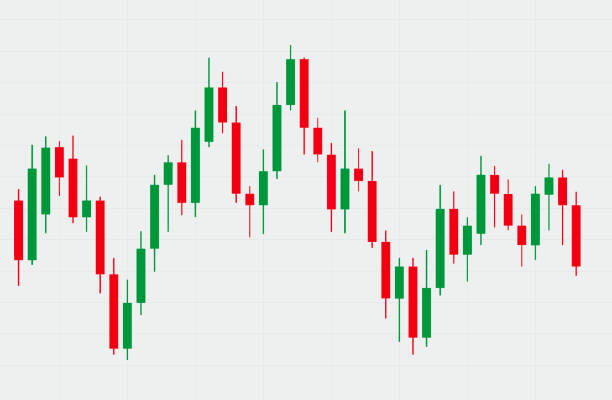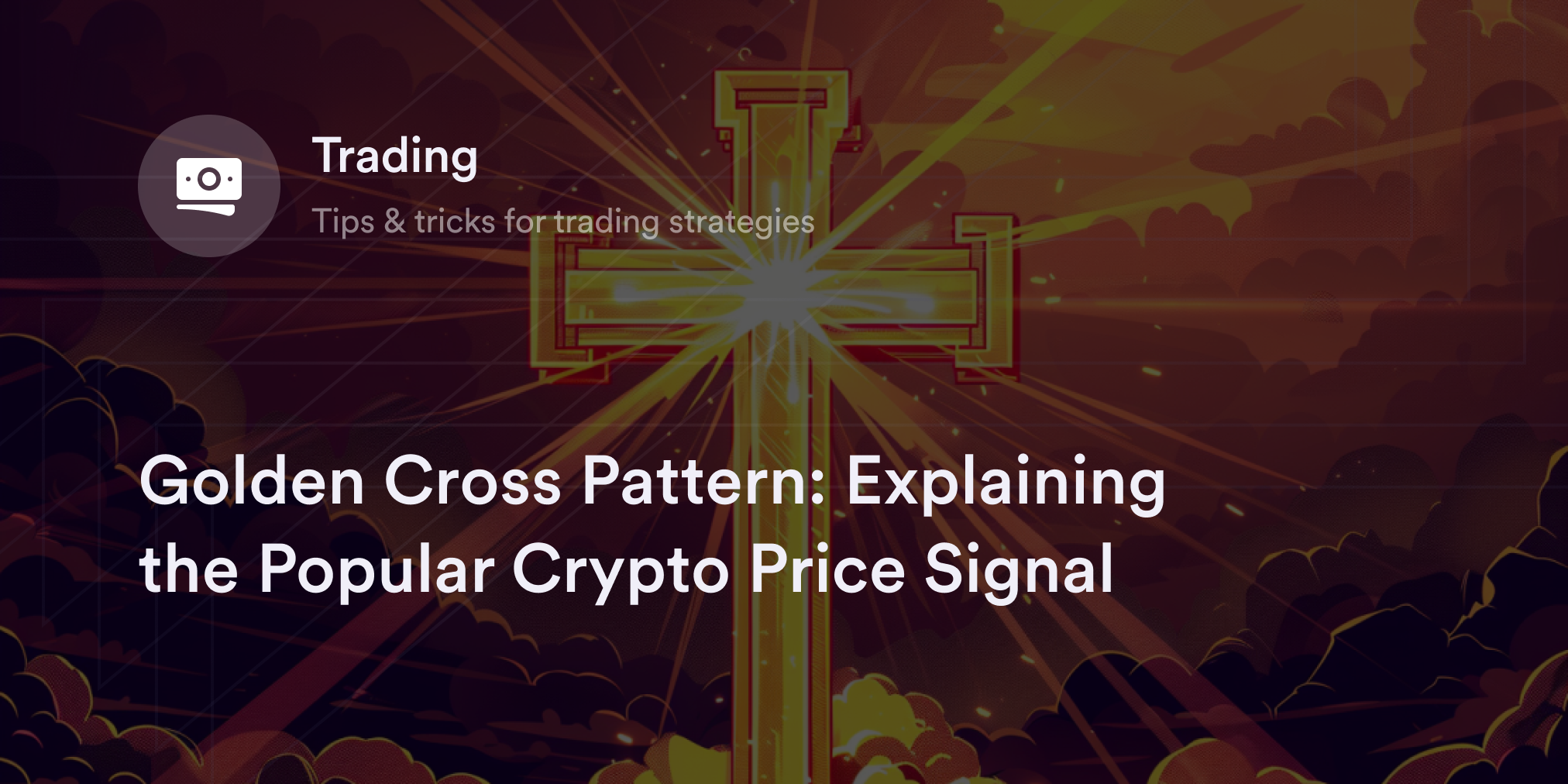


Sometimes, the market's mood swings generate fear, greed, hope, and hesitation among traders, reflecting the ever-changing financial trading environment. One tool that provides insights and helps traders make intelligent decisions in these emotional currents is a candlestick pattern.
In this guide, we’ll explore the financial market’s psychology, discovering how each candlestick pattern captures the ongoing battle between optimism and pessimism. We’ll also discuss how to interpret these patterns, from understanding their basic structure to deciphering the subtleties that signal bullish or bearish trends.
What are candlestick patterns?
Candlestick patterns, deeply rooted in 18th-century Japanese trading practices, have become essential for modern technical analysis. Each candlestick on a chart encapsulates price movements over a chosen time frame, ranging from one minute to a month or more and conveying a story of market dynamics.

The body of a candlestick, indicating the opening and closing prices, changes color to reflect market trends: green or white for bullish movements (or price increase) and red or black for bearish trends (or price drop). The wicks, or shadows, reveal the high and low price points, adding depth to understanding market volatility.
These patterns are more than just visual cues and culminate in historical price actions, offering traders insights into potential market directions. Their integration with other technical indicators further enhances the strategy for predicting price movements, making candlestick patterns a staple in trading analysis.
What are bullish candlestick patterns?
Bullish candles in candlestick charting are significant indicators of an upward market movement. Typically represented by a green or white body, bullish candlestick patterns occur when the closing price is notably higher than the opening price. These candlestick chart patterns reflect strong buying pressure, often indicating a shift in market sentiment toward optimism and a potential upward trend.
The length and volume of these bullish candles are crucial: longer bodies with high volume point to a robust bullish sentiment. This could signal the beginning of an uptrend or a reversal from a bearish to a bullish market.
Traders often look for specific bullish patterns as confirmations for entry into long positions, expecting continued upward movement. Here are a few examples:
Hammer: This pattern features a short body with a long lower shadow, resembling a hammer. It suggests buyers have regained control despite selling pressures, pushing prices up.
Inverted hammer: It looks like a hammer but with a long upper shadow, indicating strong buying pressure and hinting at a forthcoming bullish market.
Bullish engulfing: This pattern consists of two candlesticks––a small red candle is followed by a larger green one, engulfing the former. This pattern signals a strong buying momentum and a possible market reversal.
Piercing line: This two-candlestick pattern shows a significant shift from selling to buying pressure, often signaling a bullish reversal.
Morning star: It’s a three-candlestick pattern indicating the weakening of a bearish trend and the emergence of bullish momentum.
Three white soldiers: This pattern includes three long green candles, reflecting a consistent increase in buying pressure and strongly suggesting a bullish reversal.
What are bearish candlestick patterns?
Bearish candlestick chart patterns are critical for traders to identify potential market downtrends. These chart patterns are typically indicated by candles with a red or black body, suggesting a closing price lower than the opening price. This denotes increased selling pressure, a sign of market pessimism or fear.
Such patterns often emerge before significant market downturns, making them crucial for predicting potential sell-off points. Recognizing candlestick patterns allows traders to strategize exits or short positions, preparing for a potential decline in market value.
Here are the most prominent bearish patterns:
Hanging man: This pattern has a small body and a long lower shadow, indicating a struggle between buyers and sellers, with sellers gaining an edge.
Shooting star: It features a small body with a long upper shadow, suggesting a bearish reversal pattern after an uptrend, indicating selling pressure.
Bearish engulfing: This pattern consists of two candles, where a small green candle is followed by a larger red one, engulfing the first. This signals a strong shift from buying to selling pressure.
Evening star: This is a three-candlestick pattern that typically emerges at the end of an uptrend, indicating a shift to a bearish market.
Three black crows: It consists of three long red candles, signaling a strong bearish movement.
Dark cloud cover: This pattern occurs with a red candle opening higher but closing below the midpoint of the previous green candle, suggesting a bearish reversal pattern.
What are continuation candlestick patterns?
Continuation candlestick patterns play a crucial role in technical analysis, offering valuable clues about the persistence of an existing market trend. Unlike reversal patterns, which signal a potential change in the direction of price movement, continuation patterns suggest that the current trend––whether upward or downward––is likely to proceed.
These patterns are especially important for traders looking to capitalize on the ongoing momentum in the market. Understanding these patterns can help make strategic decisions about entering or staying in a trade.
Here are a few key patterns:
Doji: This pattern has a small body, indicating indecision in the market. Despite its simplicity, a doji can be a strong signal for continuation when combined with other patterns.
Spinning top: It consists of a small body with longer shadows and reflects a tug of war between buyers and sellers, often leading to the continuation of the current trend.
Falling three methods: This bearish pattern that appears during a downtrend. It consists of small, bearish candles interspersed within the downtrend, suggesting a continuation of the bearish trend.
Rising three methods: The bullish counterpart to the falling three methods, this pattern shows a series of small candles within an uptrend, indicating that the bullish trend will likely continue.
How to read a candlestick pattern
To effectively read and understand candlestick patterns, following a structured approach is essential. The following steps offer a systematic guide to dissecting these patterns, helping decode their meanings and make informed trading decisions.
Here are six steps:
1. Identify a candlestick’s components
The body is the thick part of the candlestick, indicating the opening and closing prices for the period, while the wicks are the thin lines above and below the body, showing the high and low prices for the period.
2. Determine the candlestick color and meaning
As mentioned, green or white candlesticks indicate the closing price was higher than the opening price, suggesting bullish sentiment. Red or black candlesticks, on the other hand, suggest the closing price was lower than the opening price, indicating a bearish sentiment.
3. Analyze the length of the body and wicks
If the body is long, it shows strong buying or selling pressure. But if the body is short, it highlights less price movement and potential indecision between buyers and sellers.
In terms of wicks, long ones signify a reversal in the market sentiment, especially if they occur after a significant price move, while short wicks indicate limited price fluctuations.
4. Recognize patterns over multiple candlesticks
Bullish patterns like hammer or bullish engulfing often appear at the end of downtrends and may indicate a reversal to an uptrend. Conversely, bearish patterns like shooting star or bearish engulfing, typically found after an uptrend, possibly signal a shift to a downtrend. Continuation patterns like dojis, however, demonstrate market indecision, suggesting the current trend may continue.
5. Contextualize the overall market trend
Always interpret the candlestick patterns within the context of the prevailing market trend. The same pattern can have different implications in a bull market than in a bear market.
6. Combine with other technical analysis tools
For a more comprehensive understanding, use candlestick patterns with other technical analysis tools like trend lines, moving averages, or volume indicators.
Up your crypto knowledge with dYdX Academy
Navigating the crypto market can seem daunting, especially with its renowned volatility, but dYdX Academy has you covered. With our educational hub, you can access a wealth of easy-to-comprehend guides on topics like algorithmic crypto trading, leverage, and slippage. For eligible traders looking to step into the world of crypto, our low-fee decentralized exchange provides a seamless experience. Find out all the details on dYdX's latest products and services on our official blog, and eligible traders can start trading on dYdX today.
Disclosures
The content of this article (the “Article”) is provided for general informational purposes only. Reference to any specific strategy, technique, product, service, or entity does not constitute an endorsement or recommendation by dYdX Trading Inc., or any affiliate, agent, or representative thereof (“dYdX”). Use of strategies, techniques, products or services referenced in this Article may involve material risks, including the risk of financial losses arising from the volatility, operational loss, or nonconsensual liquidation of digital assets. The content of this Article does not constitute, and should not be considered, construed, or relied upon as, financial advice, legal advice, tax advice, investment advice, or advice of any other nature; and the content of this Article is not an offer, solicitation or call to action to make any investment, or purchase any crypto asset, of any kind. dYdX makes no representation, assurance or guarantee as to the accuracy, completeness, timeliness, suitability, or validity of any information in this Article or any third-party website that may be linked to it. You are solely responsible for conducting independent research, performing due diligence, and/or seeking advice from a professional advisor prior to taking any financial, tax, legal, or investment action.
You may only use the dYdX Services in compliance with the dYdX Terms of Use available here, including the geographic restrictions therein.
Any applicable sponsorship in connection with this Article will be disclosed, and any reference to a sponsor in this Article is for disclosure purposes, or informational in nature, and in any event is not a call to action to make an investment, acquire a service or product, or purchase crypto assets. This Article does not offer the purchase or sale of any financial instruments or related services.
By accessing this Article and taking any action in connection with the information contained in this Article, you agree that dYdX is not responsible, directly or indirectly, for any errors, omissions, or delays related to this Article, or any damage, injury, or loss incurred in connection with use of or reliance on the content of this Article, including any specific strategy, technique, product, service, or entity that may be referenced in the Article.






